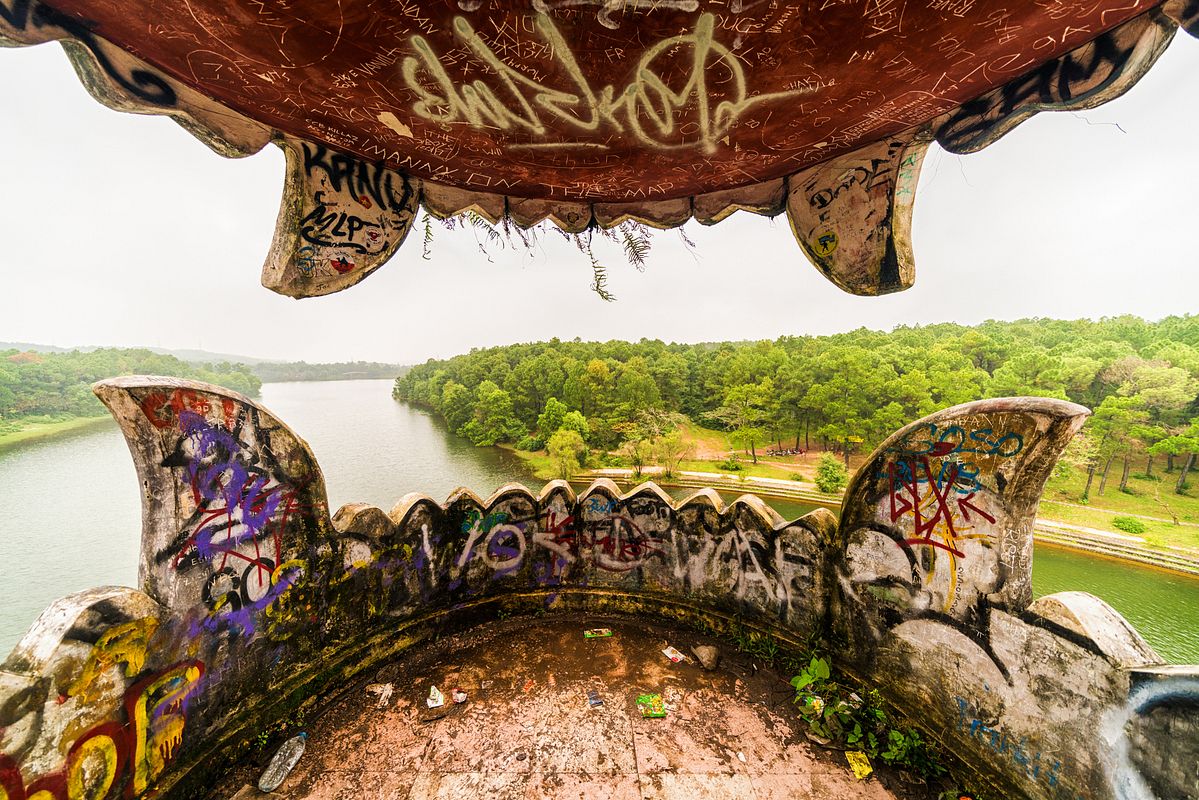Is it possible to even recognize everything that has changed after 10 years?
Phnom Penh was my first landing point in Southeast Asia. I arrived fresh out of college and, being American, knew little about Cambodia. Unfortunately, looking at pictures I took of the city at the time isn't particularly useful because A) I was a crap photographer and B) I took pictures of the most random stuff.
Recently, nearly a decade later, I spent an unplanned week in Phnom Penh. In the intervening years I had visited the city several more times and made a number of friends in the process, giving me a much better idea of what it would be like to live there.
Like any long-term expat, any time I go to another city, I compare it to Saigon. What does Vietnam's biggest city have that Phnom Penh, Bangkok or Taipei doesn't? (In the case of the latter, not much.) What does Saigon do better than such metropolises?
Given Phnom Penh's proximity — the Angkor Air flight is on a twin-turboprop because the distance is so short — it's an obvious getaway for curious Saigoneers. After a week there, I will say this: I'm glad I live in Saigon, but the Cambodian capital certainly warrants a visit, or a re-consideration if you've been before and weren't impressed.
If you're looking for tourist tips, this isn't the article for you. At this point I've grown tired of tourist attractions, unless it's something truly unique and special. If you've been to Phnom Penh before, the first thing you'll notice these days (after the hectic traffic) is the number of high-rise buildings.

A portion of Phnom Penh's growing skyline. Photo by Michael Tatarski.
Ten years ago — and even four years ago, judging by other old pictures I found on a hard drive — the city's skyline barely rivaled District 10's, let alone Saigon's as a whole. It still doesn't, but the influx of Chinese money into Cambodia that we've all read about has wrought dramatic change, particularly around Koh Pich, or Diamond Island.
I suppose this area could be compared to Phu My Hung, though with far less greenery. In fact, that goes for the city as a whole; as much as Saigoneers lament the loss of towering, shade-giving trees on Ton Duc Thang and other streets, we have much more green cover than our neighbors across the border.
Koh Pich is where the differences between 'old' Phnom Penh and 'new' Phnom Penh are at their starkest. Shirtless children play along the embankment separating the island from the city, while villas and immense buildings full of luxury condos sit on streets named Harvard, Yale and Berkeley.

NagaWorld 2, the gold-plated casino on the left, features an insane light show at night. In the background are the high-rise developments next to Koh Pich. Photo by Michael Tatarski.
Where Phnom Penh really shines, in my view, is in its international restaurant scene. While the city is far smaller than Saigon, with a population of roughly two million, the presence of numerous United Nations agencies and international aid and development organizations means it is incredibly diverse.
Two of my favorite finds were Artillery Arts Cafe, located down an alley near a vinyl store, and Lot 369, both of which focus on healthy food (think falafel bowls and matcha waffles) and don't really have a comparison here in Saigon.

The alley of Street 240 that is home to Artillery Arts Cafe and a number of other shops. Photo by Michael Tatarski.
Mexicano, meanwhile, serves hands-down the best Mexican food I've had in Southeast Asia. It was so good I even brought a few dishes back with me on my flight.
Botanico became my go-to for their excellent draft craft beer and solid western meals, while Embargo in Little Tokyo serves beers from breweries across Cambodia and Vietnam (anyone visiting from here will recognize the likes of Fuzzy Logic, Heart of Darkness and Pasteur Street Brewing Company). And if you're looking for a place to stay, I highly recommend the Plantation Urban Oasis & Spa.
All of these are located within a 15-, 20-minute walk of each other, which highlights another aspect of Phnom Penh: its compactness. There is little reason to travel beyond the neighborhoods the above restaurants and bars are located in.

The Mekong River. Photo by Michael Tatarski.
One area worth hopping on a motorbike — or a Grab tuk-tuk — to reach is the Russian Market, called Tuol Tompoung on Google Maps. I suppose this could be compared to Thao Dien, or perhaps Ton That Dam, with hip bars and restaurants like Sundown Social Club, Riel Brewing Taproom and Long After Dark drawing the city's younger international crowds.
And the international crowds is where the money really is in Phnom Penh. Given how much smaller Cambodia's economy is than Vietnam's, there isn't much of a domestic middle class yet. This means you don't see many Cambodians patronizing these places, whereas the F&B scene in Saigon is much more mixed.

I'm ok with this restaurant not being in Saigon. Photo by Michael Tatarski.
Much of Phnom Penh's middle class, such as it exists, congregates at the Aeon Mall near Koh Pich. Home to a cinema, ice rink and a few international apparel brands that have opened in Cambodia, it's jammed with families and young people, a headline-ready visualization of the aspirations of younger generations.

Phnom Penh at dusk. Photo by Michael Tatarski.
In the end, I'm glad I live in Saigon, but the Cambodian capital is well worth a visit, even if it's just to ferry tacos back to your house.















